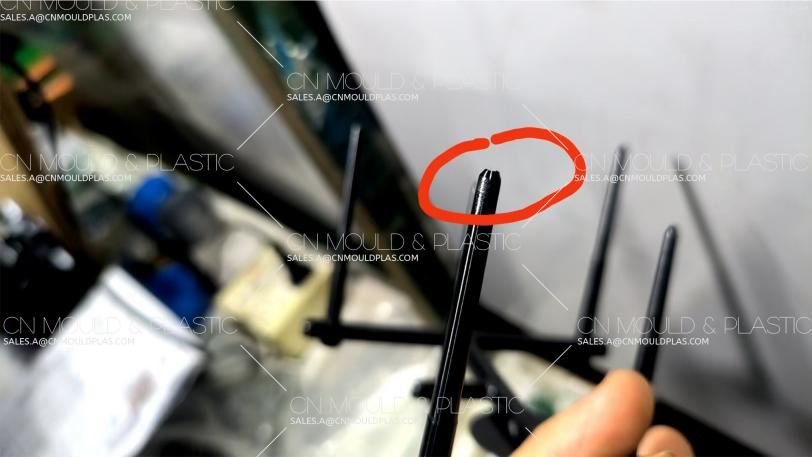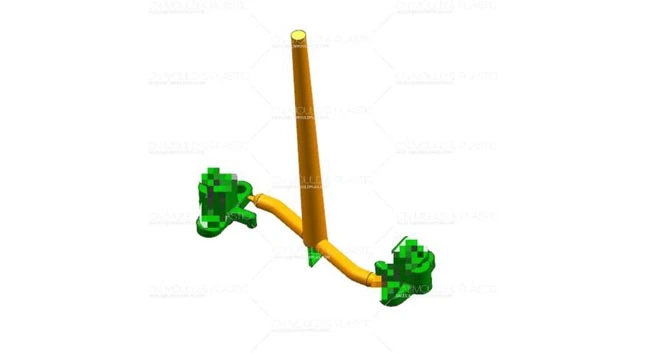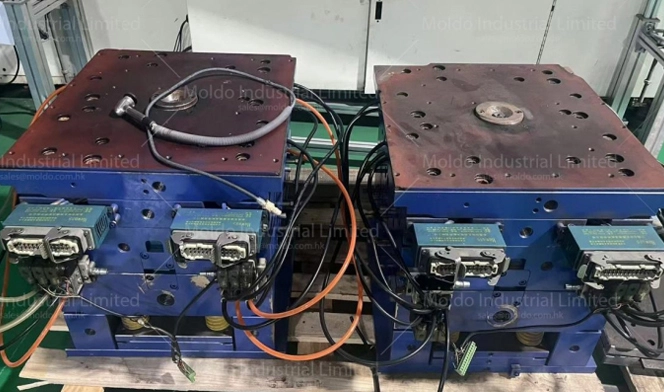Mold testing is the process of actually injecting plastic into a mold designed and manufactured for plastic products on an appropriate injection molding machine. The quality of injection-molded products depends on four conditions; if any of these aspects are unreasonable, it will be impossible to achieve defect-free products during production. It is an essential and crucial step in the mold manufacturing process.
During mold design, not all molding issues can be thoroughly considered beforehand. The design and manufacture of molds primarily rely on the experience of designers and the skills of technicians. The reasonableness of the design may involve issues that can only be confirmed after the mold is completed through testing. Manufacturing defects need to be corrected through repeated repairs. A high-quality injection mold can only be obtained after completing the design and manufacture, followed by adjustments based on testing. This is especially true for large, complex, and precise molds, where testing is not only indispensable but adjustments to the injection molding process must be made at any time during the testing phase.

For defects in plastic parts, they are usually the result of the interaction between mold conditions and process conditions. Therefore, it is essential to carefully analyze the main causes of defects after mold testing to determine whether to adjust the mold or modify the process conditions.
The purpose of mold testing is not only to confirm the quality of the manufactured mold but also to achieve the following objectives:
1) Through testing, verify the mold's practicality and the reliability of its structural design. This involves checking the reliability of the ejector, release, and core pulling mechanisms of the injection mold, the effectiveness of the cooling system, and the rationality of the runner system, as well as identifying any potential issues. The manufacturing accuracy, rigidity, and strength of the mold should be checked to ensure they meet requirements. Issues found during testing should be corrected to further enhance the mold.
2) Verify that the plastic parts produced by the mold meet the design quality requirements. Through testing, assess whether the appearance, quality, dimensional tolerances, surface roughness, etc., of the plastic part conform to the design specifications, and whether the dimensions meet assembly requirements. During the injection molding process, any difficulties encountered must be resolved, and all existing defects in the plastic parts should be addressed.
3) Seek the optimal process parameters for mold production, while testing provides the most important basis for the final acceptance of the mold. By testing, evaluate the mold's ability to continuously produce without failure under standard production conditions for more than four hours, ensuring that the molding cycle and production efficiency meet requirements.
4) Collect feedback information for mold design, investigate deviations between target dimensions and actual dimensions, and accumulate data to improve the reliability of the design.

